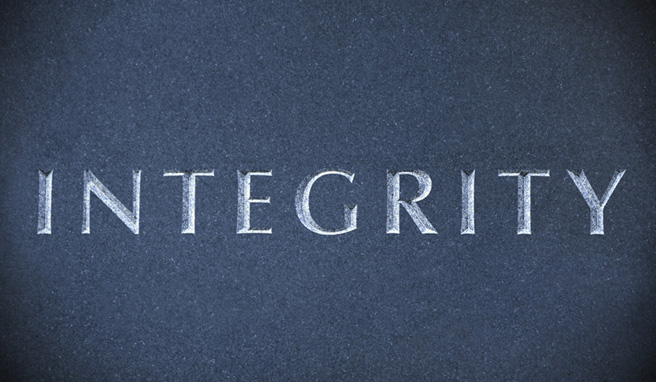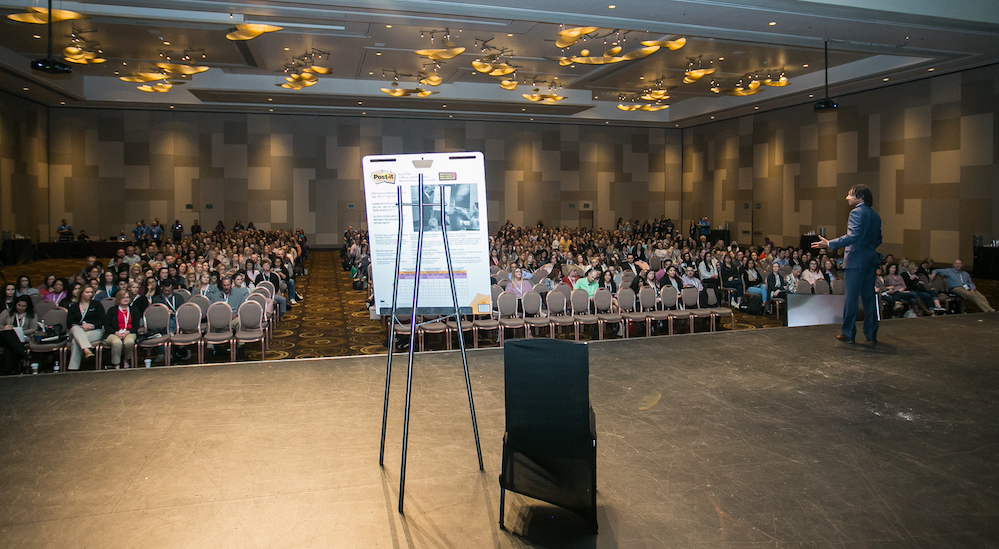Why Ego is not the enemy.
Vital Germaine
The ego is not always negative. It can be a great motivator for achievement and growth; a tool for empowerment.
It can be a very healthy part of our individuality... the self, me... I. It's what fuels your sense of purpose; your "Why." But this ambition can turn negative when left unchecked.
Your "Why" is a Siamese twin connected at the hip, both arguably fed by the ego but in very different ways.
The first of those twins is the Altruistic "Why"—”the beautiful twin”. That’s the politically correct sense of purpose. It’s the generous giving part of your "Why". It’s the motivation that makes you the consummate social entrepreneur or humanitarian. It’s the part of you that cares and wants to provide a service that makes the world a better place. It’s the one you read of in company mission statements designed to capture the imagination of the consumer.
The second half of your purpose is the secretive and negatively viewed Ego-Driven "Why"—”the ugly twin”. It’s the selfish reward, applause-seeking and self-validating feeling you get from your achievement, even from your giving. It’s the selfish empowering emotions of feeling relevant, loved, powerful, important, rich, accepted, elevated, and beautiful and of value (all listed traits dependent on your personality type and values). There is no need to deny that “ugly twin”.
I am by no means condoning narcissism or total objectivism. Simply don’t let the “selfish” why get the better of you and control your decisions and actions. I believe in altruism as a foundation for a better society. The irony in being selfless, is that it makes the giver feel good about themselves, which we could argue is feeding the ego by bringing value or importance to the existence of that individual. It's a slippery slope worth thinking about.
Don't feel obliged to deny your deepest needs to be "politically correct" in an age drowning in undeserved trophies and awards for participation. Life is tough. Survival and self-actualization even tougher. Don't hesitate to put the oxygen mask on first and stay alive with humility and gratitude. The more empowered you are the more you can give and empower others. The “red herring” in the “put your mask on first” concept is that it is oftentimes leveraged to validate selfishness purely for the benefit of the ego and inconsiderate of others.
The Ego only becomes negative when it blinds us of the bigger and better picture of doing the right thing at the right time for the right reasons.
The ego is a complex matter.
What is simple is that the negative Ego invites conflict, greed, disengagement, disappointment, resentment, envy, bullying, jealousy, and misunderstanding due to lack of empathy. It feasts on fear and control. None of these are positive traits of empowerment or value-creation for others and society.
Find the balance and thrive. The choice is yours as to whether the ego is the enemy or your friend.
If this blog was of value, please like or share. Feel free to comment, even if they are ego driven :)
THANK YOU. SUBSCRIBE TO MY YOUTUBE CHANNEL
Vital Germaine

















